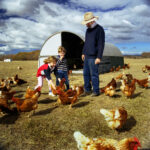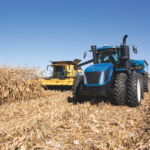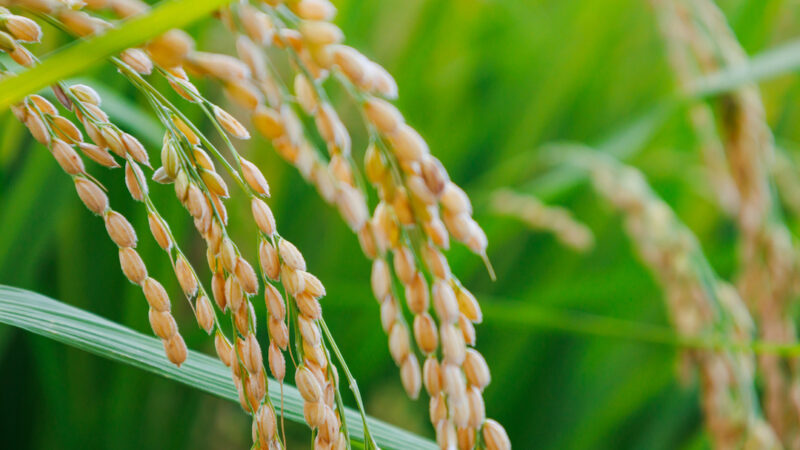For nearly 200 years the Great Western Highway has carried people and produce from the…
Differing approaches to taking up agritech
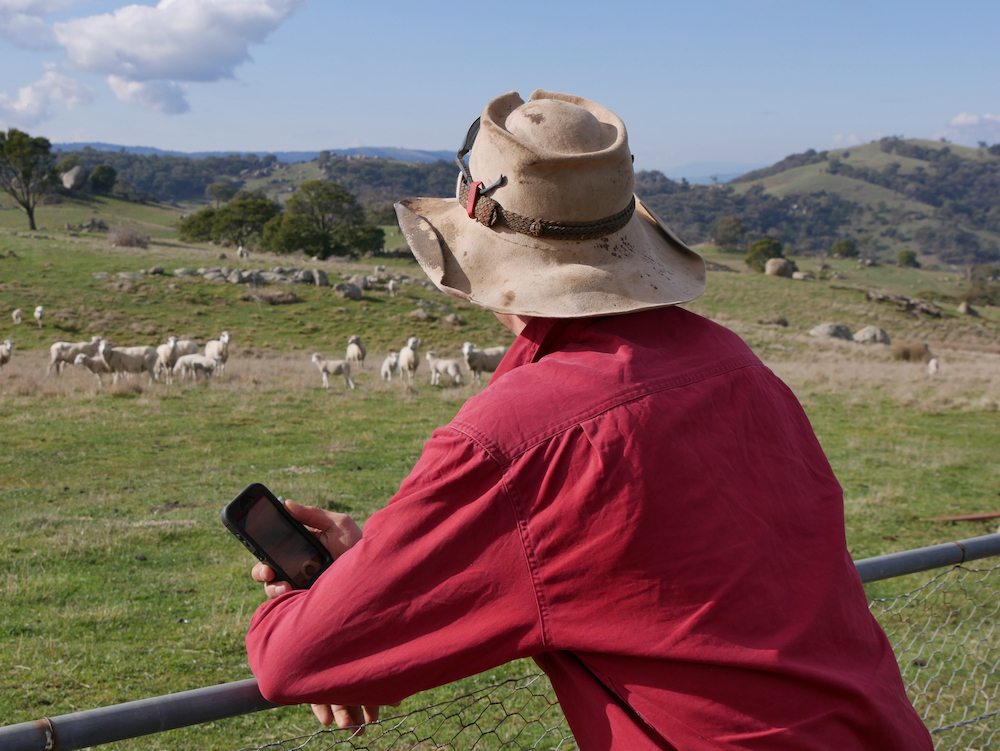
Precision agriculture means farmers can sit down at the end of each season and review their inputs against productivity. This enables more accurate assessment of the return on investment to the farm business. Agricultural technology (agritech), on the other hand, is about developing the digital tools for measuring that ROI assessment. Digital technologies in the global agricultural space are expected to be worth $730 million in 2024.
The Australian Farm Institute has estimated digital technologies can increase the gross value of production in Australia by more than $20 billion per year. The CSIRO has estimated digital innovation has the potential to deliver $315 billion in gross economic value in Australia in the next few years, making it a key indicator for the nation�s gross economic value. And at KPMG, it is estimated that one in three new jobs in the agriculture, fisheries and forestry industries will be technology related.
However, one of the challenges with using agritech in Australia is connectivity.
The Australian Broadband Advisory Council, set up to advise the Australian government, has identified connectivity is critical to the agricultural sector, which is populated by small and medium sized family businesses.
While the Australian Farm Institute has estimated full adoption of digital agriculture could yield $20.3 billion in gross value, the ABAC believes to achieve this, telecommunications connectivity in regional and rural Australia needs to be farmer-centric.
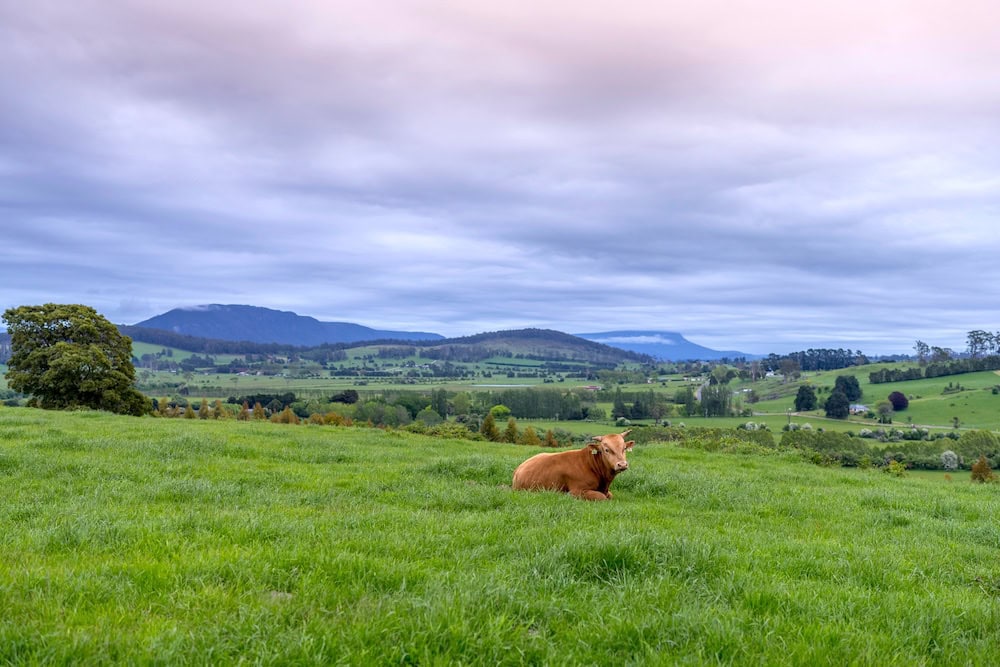
Tech for farmers, by farmers
Although connectivity remains an issue, innovators are creating agritech that works around it. Mobble for instance, is livestock farm management software born from a need to keep everything to do with farm production simple.
Mobble was created with offline capabilities and uses cloud-based software to connect multiple users and properties.
�Mobble has been designed to replace the pocket-sized notebook that farmers have used for decades for daily note-making,� says founder and Chief Mobbler, Jock Lawrence.
Developed by farmers for farmers, the idea behind Mobble emerged in 2018, on the Lawrence family farm in Avenel, Victoria, when they were looking for a practical farm management solution for their own production system.
Jock Lawrence said Mobble was created to innovate and change based on users� feedback.
�Farmers know what they want. It is really important to us that Mobble is built on farmers� feedback, listening directly to what they need and applying that in an easy-to-use solution. Mobble covers livestock records, stocking rates, mob and paddock treatments, historical events and sales. It makes regulatory compliance easy.�
Jock Lawrence, Mobble founder
Jock said Mobble�s user-friendly capability means everyone involved can put data into the farm management software and understand the reports.
�Beyond farm management, Mobble is a way to connect the team and increase engagement levels across the entire farming business,� he says.
Mobble is offering a free 21-day trial for NSW Farmers members. Go to www.mobble.io
Sharefarming without ownership
Food production and connecting farmers with consumers has been taken a step further by Invest Inya Farmer (IIF).�
IIF enables people to invest in farming under a cooperative model, owning livestock or crops that are managed by the farmer alongside their own herds and production systems.
�It�s a form of sharefarm investing without owning the farm or equipment,� says IIF founder, Nathan MacPhee, of Mansfield, Victoria. �It also gives the farmer access to capital that means they can scale up their production.�
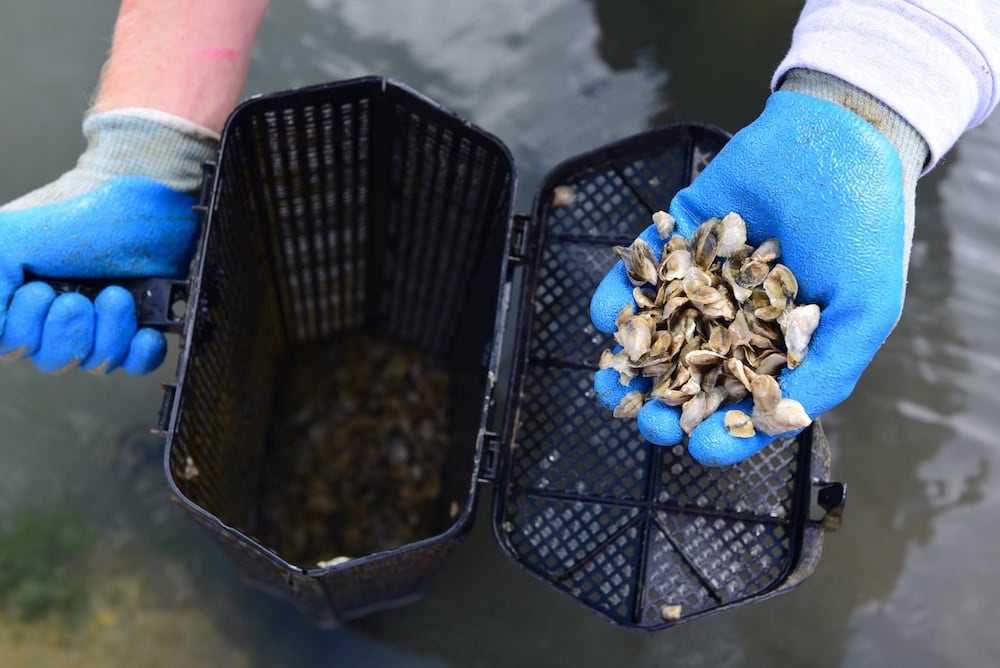
Nathan says Invest Inya Farmer is a world-first approach to agricultural production and investment, and funds are sourced from everyday people.
�When the crop and livestock are sold, everyone shares in the profits,� he says.
�If the livestock prices drop or the crop fails, the farmer doesn�t bear the cost alone.�
In the short time IIF has existed, 45 farmers from across Australia have come on board, and been matched with consumers interested in investing in their production.
Everyone is connected through a smartphone app.
Nathan himself has invested in a variety of commodities on farms across Australia, including ginger, pineapples, watermelons, beehives, fat lambs and goats.
�I love all things agriculture, and I�ve developed a way for other people to learn about where their food is grown, how it is produced and marketed, and a way to support the realisation.�
Nathan MacPhee, Invest Inya Farmer founder
Upping adoption rates
Before adopting digital agritech, farmers need to identify and quantify their
risk appetites.
There is a lack of national mandated standards around storage and use of data in Australia, with the Privacy Act 1988 the principal piece of Australian legislation protecting the handling of personal information about individuals.
This lack of mandated control prevents some people from adopting agritech.
A farmer�s risk appetite might also depend on their production scale.
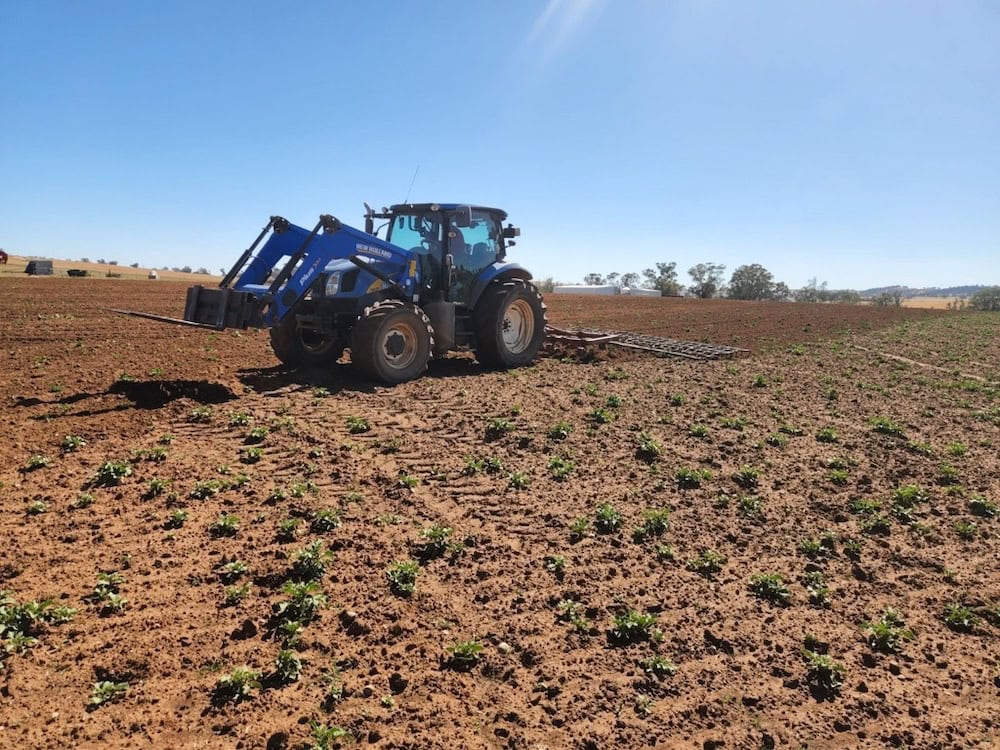
Manufacturers of tractors and associated equipment expect their customers to provide personal and production data about how they use these assets.
This data helps to identify faults within the system that can be remotely managed, especially in a country as large as Australia where technicians are hours if not days away, and spare parts are often stored overseas.
Crop assessment can be done remotely, but the validity and accuracy of that valuation is reliant on populating tools with data that is sufficient to provide a mean averaging for comparison.
Reflecting the experience of farmers, the Australian government�s Digital Foundations for Agriculture Strategy is very clear that good connectivity is key to adopting digital agritech.
The Australian government�s Agri-Tech Expert Working Group identifies that the focus of national carriers is on population centres and key transport corridors, rather than local scale connectivity.
This opens the door for innovation, including farmers installing bespoke solutions, and the rise of small and medium sized service providers deploying connectivity solutions at a fraction of the cost of the main carriers.
In late 2023, the Department of Infrastructure, Transport, Regional Development, Communications and the Arts announced the On Farm Connectivity Program, to provide rebates to eligible equipment suppliers for connectivity/solutions equipment sold to
primary producers.
Suppliers can claim between $3,000 and $30,000 for the agritech assets they sell and install where primary producers use them to improve connectivity and adopt digital agribusiness solutions.
If you enjoyed this story on agritech, why not check out this piece on how technology is being used to solve rural crime.



